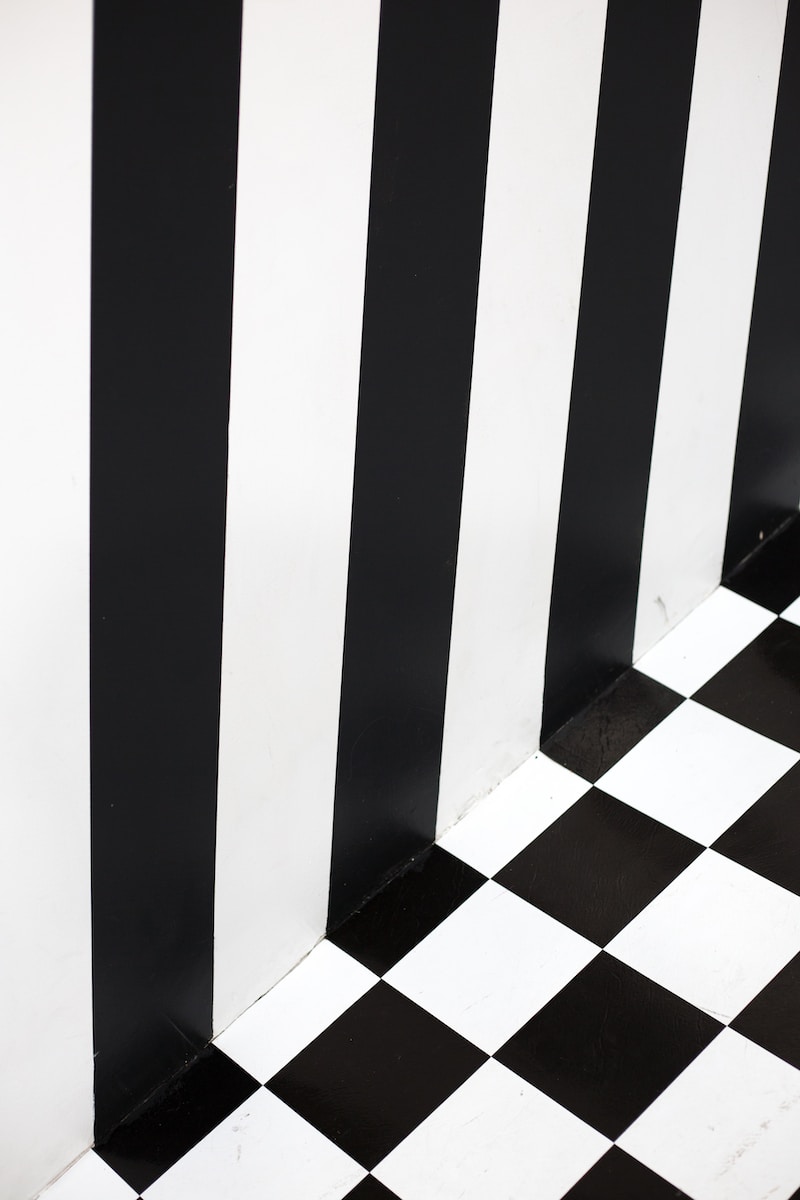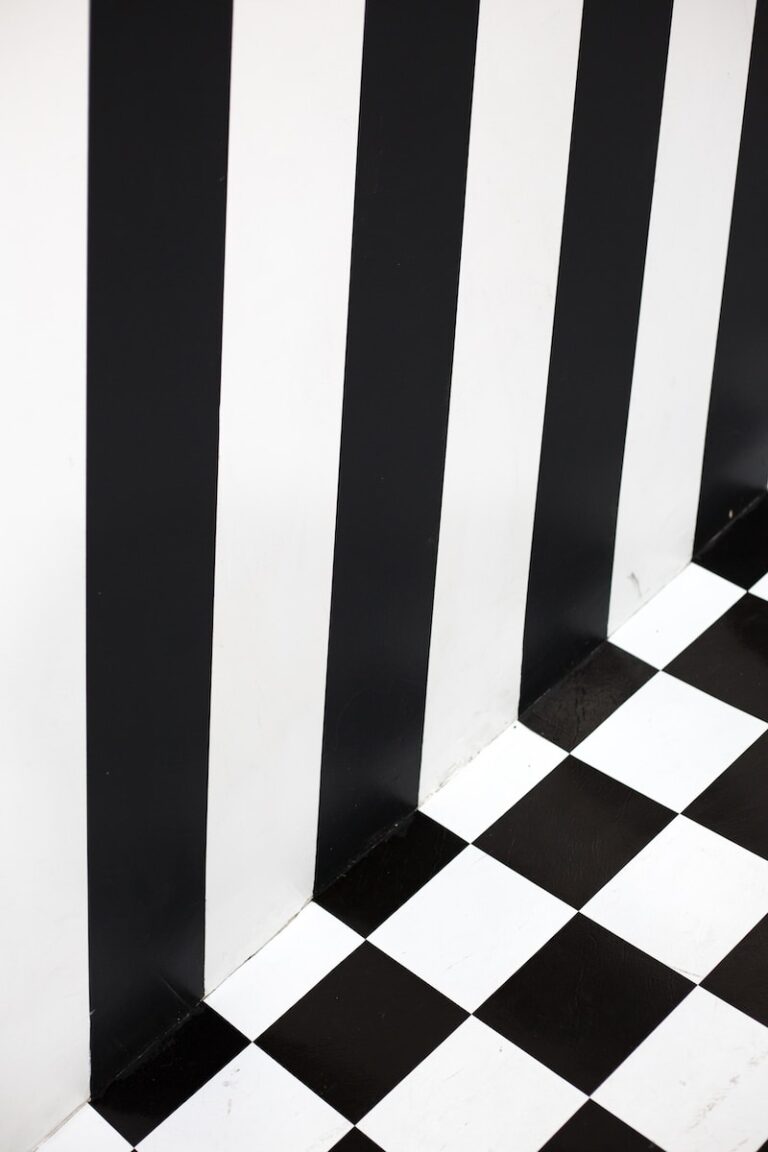Best Time To Shock Your Pool For Summer Fun
If you have a pool, you already know the importance of regular maintenance. One crucial aspect of pool maintenance is shocking your pool. This article will discuss everything you need to know, including what it means, why it’s essential, and the best time to shock your pool. Jump to step-by-step-instructions.
Shocking a pool involves adding high levels of chlorine or other chemicals to your swimming pool to kill off contaminants like bacteria and algae. The shock treatment helps to restore clarity and freshness to your water. It’s an essential part of maintaining a healthy swimming environment.
Why It’s Important To Shock Your Pool
People generally think adding chlorine tablets or granules to their pools is enough for sanitation. However, more than these products are needed on their own as they only work on surface-level contaminants. Shocking your pool regularly ensures that even the hardest-to-reach areas will be cleaned and sanitized.
Moreover, during hot summer months, when pools get frequent use by swimmers can cause body oils, sweat, or urine in the water, which increases bacterial growth and eye irritation for swimmers. If left untreated over time, these contaminants may lead to diseases like diarrhea or skin infection, which can have long-lasting effects on health.
Therefore, shocking your pool regularly improves its aesthetic value, takes care of its overall hygiene, and prevents many health hazards. Maintaining proper sanitation with regular shocking significantly extends the lifespan of expensive equipment such as pumps & filters while ensuring crystal-clear clean water for an enjoyable swim experience every day throughout the summer.
If you have to drain and refill see the best way to drain your pool safely and efficiently.
What is Shocking a Pool?
If you own a swimming pool, you’ve probably heard the term “shocking” before. But what does it mean exactly? Simply put, shocking your pool involves adding a hefty dose of chlorine or other oxidizing compounds to your pool water to eliminate any harmful substances or bacteria that may be present.
The Purpose of Shocking a Pool
The primary purpose of shocking your pool is to ensure that the water is safe and healthy for swimmers. Over time, various contaminants, such as sweat, sunscreen, and even leaves, can accumulate in the water.
If left unchecked, these substances can create an ideal breeding ground for bacteria and algae. Chlorine breaks down these contaminants and neutralizes them so they cannot pose a health hazard.
But even if you have a well-maintained pool with consistent chemical balances, there are certain situations where shocking may be necessary. For example, after heavy usage, such as hosting a party or if heavy rain or wind has brought debris into the pool, these situations can quickly throw off your chemical balance and cause issues like cloudy water or algae growth.
A salt water system keeps your pool sparkling clean with less maintenance.
How Does Shocking Work?
Shocking is essentially an oxidative process; when chlorine reacts with contaminants in the water, it releases oxygen, creating free radicals, which then get rid of bacteria and other impurities in the water. This process eliminates unwanted substances and helps break down any chloramines (a compound formed when chlorine combines with nitrogen-based substances) present in your pool, which can cause an unpleasant smell and eye irritation. While shocking your pool may seem like an extra step that requires time and effort – it is essential for maintaining clean and safe swimming conditions for yourself, family members, and friends, along with protecting equipment from premature wear due to improper chemical balance.
The Best Time to Shock Your Pool
Factors to Consider
When it comes to shocking your pool, timing is everything. You want to ensure that you do it at a time that will most effectively remove any bacteria or other contaminants from the water. So, what is the best time to shock your pool?
Well, there are a few factors that you should consider before making that decision. One of the most critical factors is the weather.
Ideally, you want to shock your pool on a sunny day with a high temperature. This is because warm water creates an environment where bacteria can thrive, so shocking your pool when it’s warm outside will help eliminate any potential issues before they start.
Another factor to consider is usage. If you have a lot of people using your pool regularly, you may need to shock it more frequently than if only a few people use it infrequently.
This is because more people means more bacteria and other contaminants in the water. It would be best if you also thought about the water quality in your pool.
Tip: Chlorine granules and tablets cost almost 4x more than they did a couple years ago. Check with a local pool supply company about their liquid chlorine prices. A couple 2 1/2 gallon containers of liquid chlorine are an effective shock for a lot less money than the granules packages sold as Shock Treatment.
If your water looks cloudy or has an unusual odor, it’s probably time to shock it. Additionally, suppose you’ve had heavy rain or other environmental factors that could have contaminated your pool. You should also consider stocking it as soon as possible.
Timing Your Pool Shock
Once you’ve considered these factors and determined it’s time to shock your pool, the next step is figuring out exactly when. The best time of day for shocking a pool is typically in the evening after everyone has finished swimming.
This gives the chemicals plenty of time overnight to work their magic and thoroughly clean out any unwanted debris from the water. It’s also important not to swim immediately after shocking your pool, as this can be dangerous for humans and pets.
Waiting at least 24 hours before swimming in the pool again is recommended to ensure all the chemicals have entirely dissipated. The best time to shock your pool is on a warm, sunny day when water usage is high, and the water quality has deteriorated.
Shocking in the evening gives ample time for the chemicals to do their job. Waiting a day before swimming again ensures maximum safety. Considering these factors, you can keep your pool clean and safe for everyone.
How Often Should You Shock Your Pool?
Keeping your pool clean and safe requires some maintenance, including regular shocking. But how often should you be doing it? Unfortunately, there’s no one-size-fits-all answer to this question.
The frequency of shocking your pool will largely depend on your specific situation. Generally, pools should be shocked no less than every four weeks.
This helps keep the water clean and balanced, preventing bacteria and algae growth. However, several factors can affect how frequently you must shock your pool.
High Usage
If your pool gets a lot of use during the summer months – for instance, if you have kids who love to swim or frequently entertain guests – you may need to shock it more often. High levels of swimmers can lead to increased levels of contaminants in the water, making it harder to maintain proper chlorine levels and pH balance.
Heavy Rainfall
Another factor that can affect how often you need to shock your pool is heavy rainfall. Rainwater contains high levels of contaminants such as bacteria and algae spores, which can quickly multiply in warm water if not addressed promptly.
Extreme Temperatures
Extreme temperatures can also impact how frequently you need to shock your pool. Suppose you live in an area with hot summers or cold winters. In that case, these extreme temperatures can cause changes in pH balance or chlorine levels that require more frequent shocking.
In addition to these factors, it’s also important to regularly test the chemical balance of your pool water using a testing kit to correct any imbalances before they become problematic. By caring for these details and adapting based on weather conditions and usage rates, you’ll ensure your beautiful backyard oasis stays clear and sparkling all season long!
The Process of Shocking Your Pool
Step-by-Step Instructions
Shocking your pool is critical to maintaining proper water chemistry and hygiene. Here are the step-by-step instructions to correctly shock your pool:
- Test the water: Use a good quality test kit to check the free chlorine level in your pool water. If it’s below 1 ppm, it’s time to shock.
- Mix the shock: Follow the manufacturer’s instructions on how much shock is required for your pool size, and then dissolve it in a bucket of warm water.
- Distribute evenly: Slowly pour the dissolved shock mixture around the perimeter of your pool, making sure to cover all areas. Use a pool brush to brush the walls and to help disperse any concentration pockets.
- Circulate: Run your pump for at least eight hours after shocking or as long as the manufacturer recommends. This will ensure proper distribution and effectiveness of the shock.
- Retest: Wait until free chlorine levels drop below 5 ppm before swimming again. Retest using the same test kit you used earlier.
No products found.
Safety Precautions
While shocking a pool isn’t rocket science, you must take certain precautions to ensure its effectiveness and safety. Here are some tips on what you should do:
- Wear protective gear: Wear gloves and goggles while handling chemicals such as chlorine or other oxidizers used in shocking a pool. Accidentally splashing these in your eyes can cause serious harm.
- Don’t swim for a while: You must wait for free chlorine levels to drop below 5 ppm before using the pool. Swimming before this could cause skin and eye irritation.
- Store chemicals safely: Ensure they are well out of reach of children. Children may accidentally ingest them or mess around with the containers, leading to spills or other accidents.
Conclusion
Shocking your pool is an essential part of pool maintenance that should be done regularly to keep it clean, clear, and safe for swimming. Understanding the steps involved and taking proper precautions will make this process a breeze.
Follow manufacturer recommendations carefully, test your water frequently, and always remember to wear protective gear when handling chemicals. With these simple steps, you’ll have a sparkling clean pool all season long!
Conclusion: The Importance of Shocking Your Pool
Don’t Let Neglect Ruin Your Summer Fun
Maintaining your pool can be a lot of work, but it’s essential if you want to keep it swimmable all season long. One of the most important things you can do to keep your pool in top condition is to shock it regularly.
Shocking your pool by eliminating harmful bacteria and contaminants ensures that the water stays clean and clear. In addition, regularly shocking your pool helps extend the life of your filter and other equipment, saving you time and money in the long run.
Make Sure You’re Shocking at the Right Time
As we discussed earlier, timing is everything when shocking your pool. Whether you’re just opening up for the season or you’ve had a big party with lots of swimmers, there are certain times when shocking is especially important for maintaining water quality. Check on your pool’s chemical levels frequently and shock as needed – don’t let an overgrowth of algae or bacteria ruin your summer fun!
Take Action Today!
Now that you know how important it is to shock your pool regularly, don’t hesitate – take action today! Follow our step-by-step guide and make sure you’re taking all necessary precautions for safety while handling chemicals.
And remember – keeping up with regular maintenance will make it easier in the long run so that you can focus on enjoying those warm summer days in crystal-clear water. Don’t let neglect ruin what could be the best summer ever!
Last update on 2024-07-27 / Affiliate links / Images from Amazon Product Advertising API



















One Comment